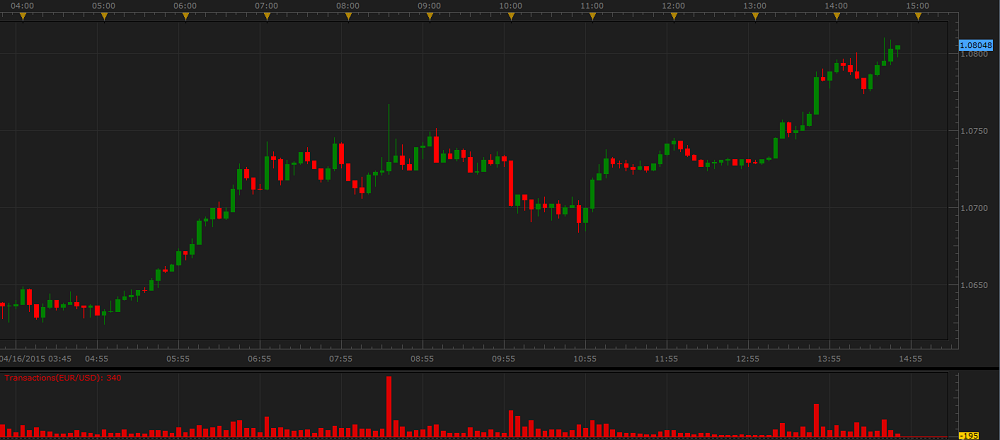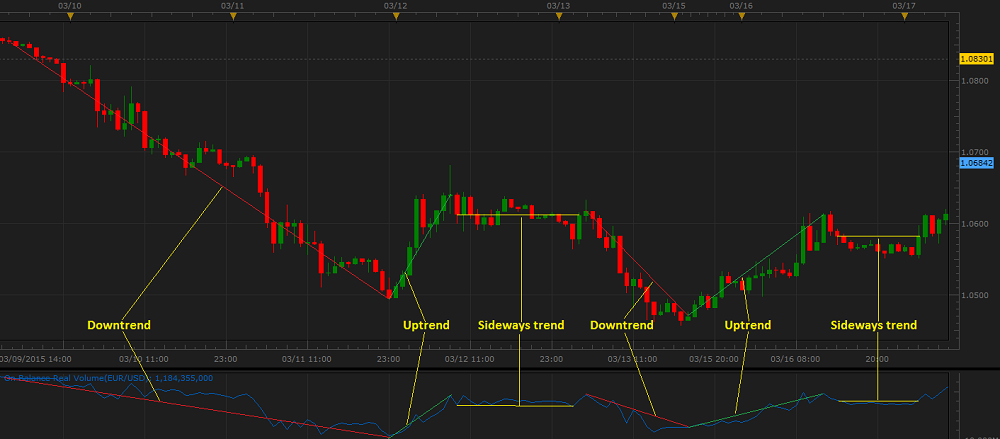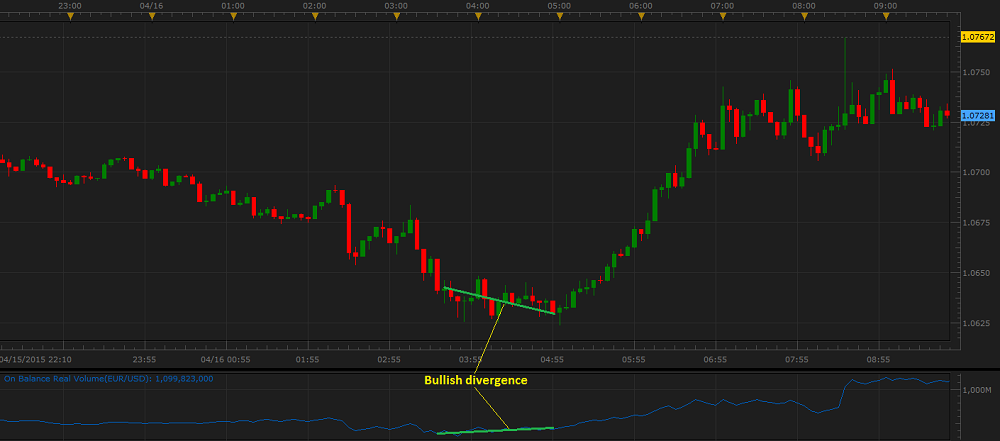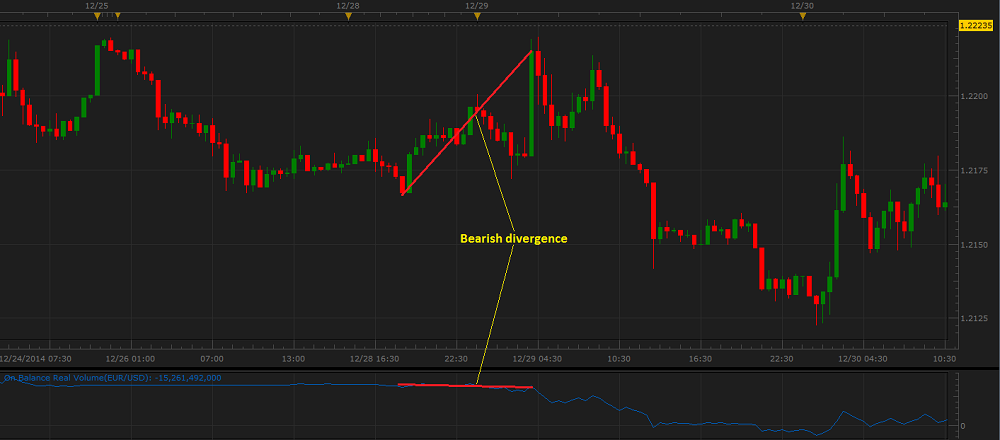TRANSACTIONS (Transactions)
TRANSACTIONS (Transactions) is a volume oscillator. It was developed by FXCM for technical analysis in forex trading.
With the help of TRANSACTIONS, traders can monitor the volume of all FXCM transactions in an instrument during a given period. It is generally accepted that volume foreruns and influences price changes. The
greater the volume is, the greater the instrument's price changes, and the greater it changes, the stronger its trend is. Thus, traders can see a price trend's presence, evaluate its strength, and anticipate
possible trend reversals.
For these purposes, TRANSACTIONS retrieves transaction volume from the trading server for every period. On a chart, TRANSACTIONS is drawn in the form of a histogram with bars rising above the zero line. The bars
become taller when transaction volume grows. The greater a period's transaction volume is, the taller the period's bar is, and vice versa. Thus, when the bars are tall, it confirms a trend's presence.
Conversely, when the bars are low and remain as such for a noticeable period of time, a sideways market presence is confirmed. The taller the bars are, the stronger the trend is. When divergences occur
(read later), trend reversals can be expected.
As all oscillators, TRANSACTIONS is always drawn in an additional area below the market price chart.
On the following picture, you can see an example of TRANSACTIONS drawn in an additional area below the market price chart.

Please notice that TRANSACTIONS uses the volume data that belongs to the past. But we know that volume changes precede and influence price behavior. Thus, TRANSACTIONS is one of the few technical analysis tools that can serve as a leading indicator foreshadowing price changes.
TRANSACTIONS is not often used as a stand-alone oscillator. It works best in conjunction with a market price chart and some other indicators as a confirmation or denial tool of their trading signals.
To apply a TRANSACTIONS oscillator to a chart, a trader needs to follow the procedure common to all Marketscope indicators. For more information, see the Add Indicator article.
During the procedure, a trader can customize an indicator by specifying its parameters in the Properties dialog box. For more information, see the Change Indicator Properties article.
TRANSACTIONS' Style parameters are:
- Bar color - the parameter allows selecting the color of the oscillator's bars, and it works as the Lines color parameter listed under the Style heading on the Parameters tab of
an indicator's Properties dialog box. For more information, see the Change Indicator Properties article.
- Bar width - the parameter allows selecting the widths of the oscillator's bars. The parameter's values are from 1 through 100. The default value is 100.
When a TRANSACTIONS oscillator is drawn on a chart, a trader can analyze its information and try to use it correctly. The oscillator produces its own trading signals, but they are generally used to confirm other indicators' information:
- Trend Confirmation
In the majority of cases, the Real OBV line's direction can be used to confirm a price trend presence and direction. When the Real OBV line moves step-for-step with an instrument's price, it confirms the direction and strength of the instrument's price trend.
On the following picture, you can see examples of the oscillator's confirming different price trends.

- Trend Reversal Confirmation
To confirm an instrument's price trend reversal, look for a divergence. Divergences occur when the market price and the oscillator line move in the opposite directions (divergence itself) or towards each other (often called convergence). Please remember that assessment of whether a period's volume is positive, negative, or neutral is based on closing prices, therefore closing prices should be considered when looking for divergences.
Divergences are subdivided into the following two types:
- Bullish divergence occurs when an instrument's price moves down, but the Real OBV line moves up or flat. This indicates that though the instrument's price declines, the growing volume pushes it up, and the price trend will sooner or later reverse and start to rise.
On the following picture, you can see an example of a bullish divergence.

- Bearish divergence occurs when an instrument's price moves up, but the Real OBV line moves down or flat. This indicates that though the instrument's price rises, it has not enough volume to sustain the growth, and the price trend will sooner or later reverse and start to decline.
On the following picture, you can see an example of a bearish divergence.

Please note that divergences are often misleading in a strong price trend: a bullish (or bearish) divergence can occur in a strong downtrend (or uptrend) and yet the strong downtrend (or uptrend) continues.
The TRANSACTIONS oscillator's values are calculated automatically using the following formulas:
If the current period's closing price is greater than that of the immediately preceding one (positive volume):
ROBVi = ROBVi-1 + CVi
If the current period's closing price is less than that of the immediately preceding one (negative volume):
ROBVi = ROBVi-1 - CVi
If the current period's closing price is equal to that of the immediately preceding one (neutral volume):
ROBVi = ROBVi-1
where:
ROBVi - is the Real OBV value of the current period.
ROBVi-1 - is the Real OBV value of the period immediately preceding the one being calculated.
CVi - is the currency volume of the current period.
back



